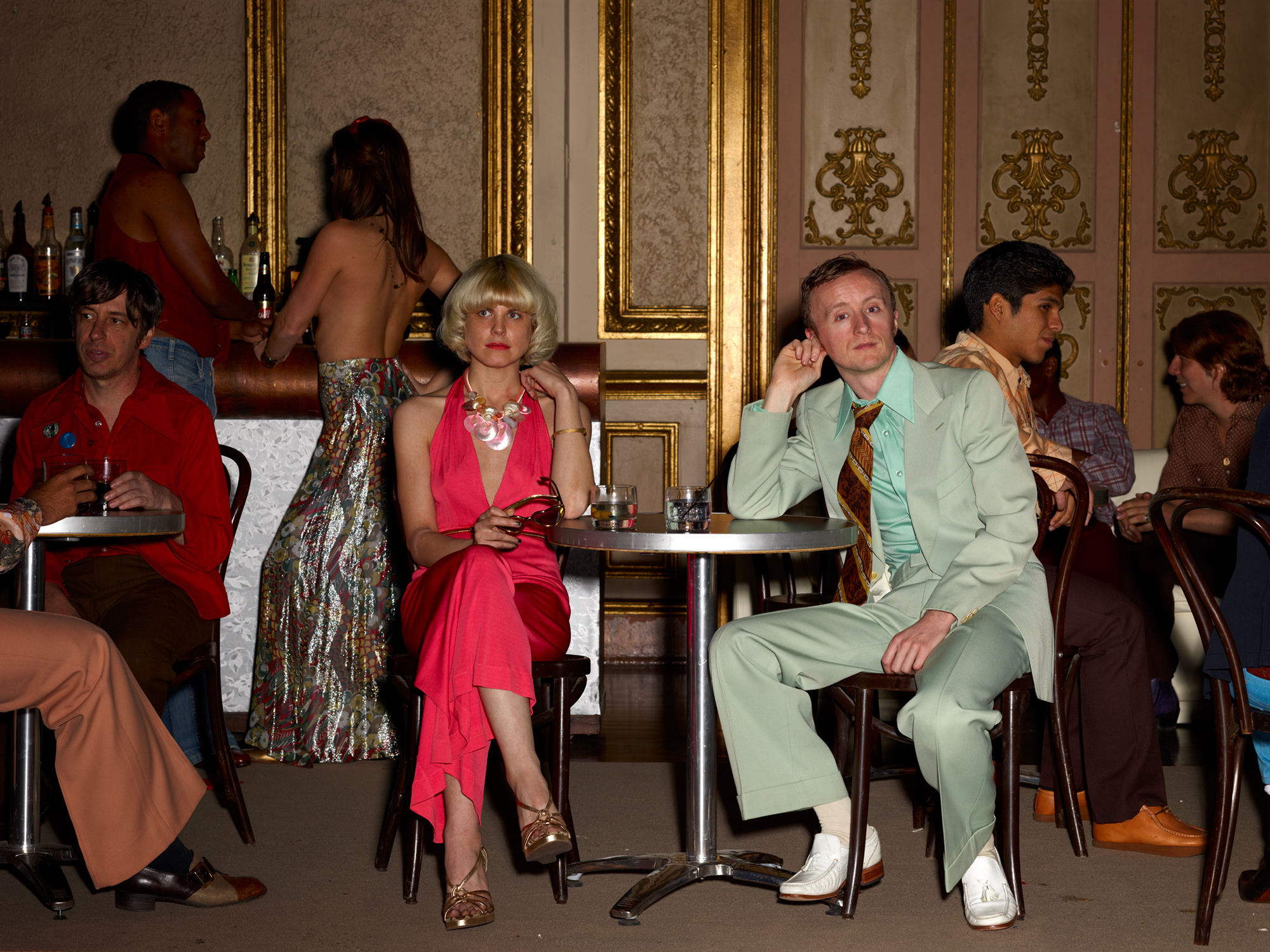
Foundation
Stan Douglas: Revealing Narratives
February 19 → May 22, 2022
The PHI Foundation will present the Canadian premiere of Douglas’s series Penn Station’s Half Century, and for the first time in Québec, the Disco Angola series
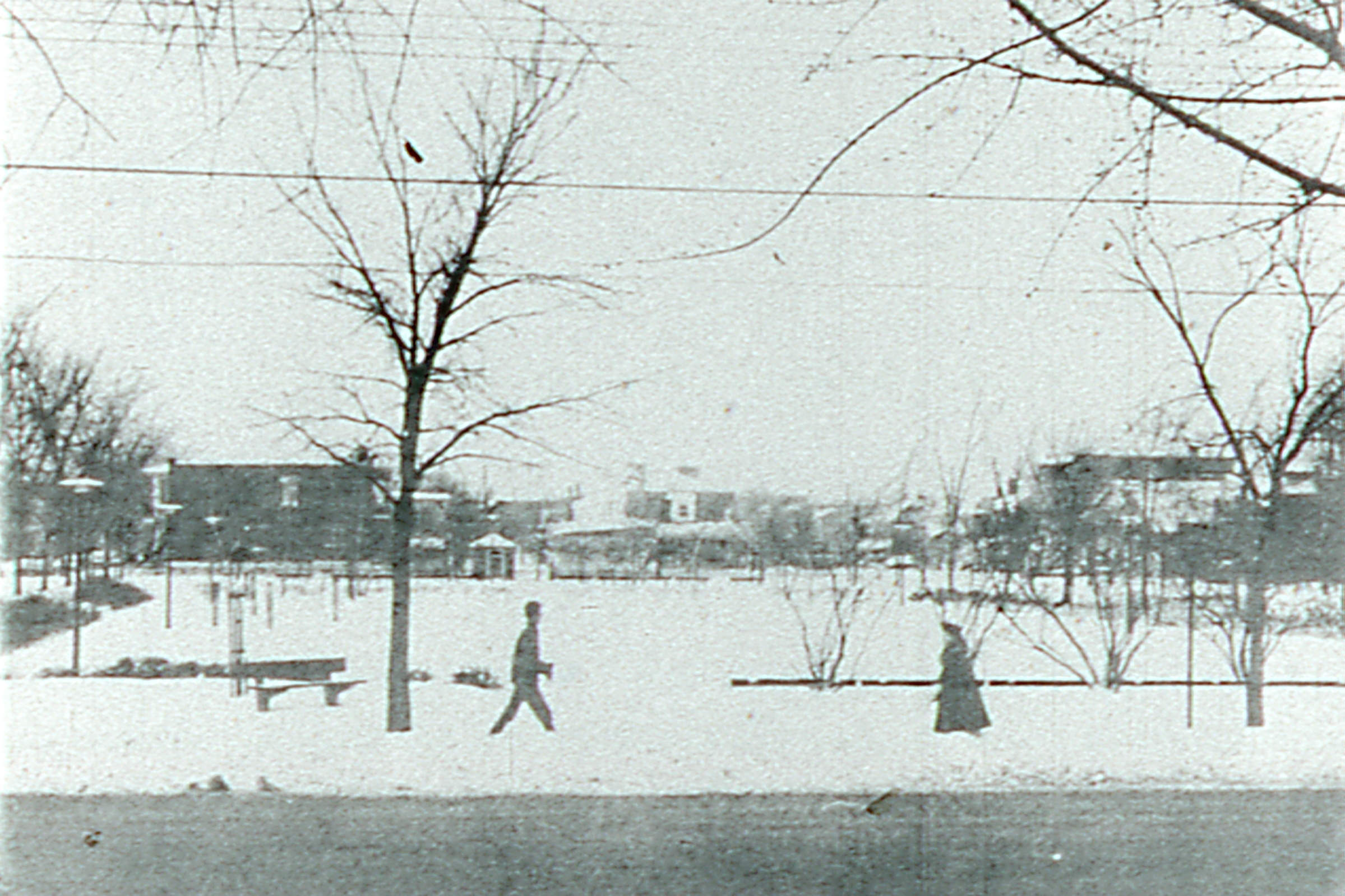
PHI Foundation
465 Saint-Jean Street, #120
Tuesday, May 10, 2022
From 7 PM to 8 PM
Free admission Reservations required
This event is now full.
Screenings and performances
1 Introduction by Victoria Carrasco
2 Screening | O Canada Broadcast (1983) 1 min 29
3 Reading | French is the Most Beautiful Language by Jacob Wren (2012)
4 Film Projection | One Second in Montreal by Michael Snow (1969) 26 min, 16 mm
5 Screening | Ta’sik Amujpa Iknmaulek (how much do we have to give you) by Meagan Musseau with Jenelle Duval (2021) 7 min 29
6 Performance by Kìzis
What began as a search into where we live, became a collision between celebration and critique. Stemming from the implementation of the National Anthem, where nature is characterized by political territory, this program questions the ritualistic embodiment of transmission, adding and suggesting other references to a place.
Tiohtià:ke/Mooniyang/Montréal, Québec, Canada as a singular and multiple entity is unruly and confusing. Language and space partition identities and references, distinguishing one person from another. The representation of this place (in the sense of the term as used by author Lesley Johnstone in the text “Art Made in a Place”) is an open task that has forged personal and collective memories, allowing ever-changing versions and definitions to exist and accompany us.
What makes this place different? Nothing and everything. [1] Politics, language, nature, and territory manifest themselves in our everyday lives. The politics of the anthem make palpable the politics of Québec and the rest of the country in relation to its position and language. Singing “O Canada” is a required component of schools' daily opening ceremonies in certain provinces. Power and identification emanate from the musical arrangement, whether it is heard, sung, or broadcasted on TV at the beginning and end of the day. The televised renditions change from one province to another and the imagery includes everyone who makes up the population, as well as the country’s many urban and rural landscapes.
In his text French is the Most Beautiful Language, Jacob Wren properly exposes the everyday reality and problematic of how French and English coexist in the city of Montréal from his perspective as an artist, immigrant, and existentialist. The presence of nature, divided between territory and class (making us who we are) is represented by the slow wintery experimental images captured by Michael Snow in 1969, and the strength of marking through a performance by Meagan Musseau and Jenelle Duval. Finally, Kìzis will perform her version of an anthem for where we live and where she comes from.
This program sequences archival documentary images, videos and live contributions as references to a place that is simultaneously national and sovereign, provincial and federal, local and global, artistic and political.
Curated by Victoria Carrasco, Adjunct Curator – Public Programs, PHI Foundation for Contemporary Art
This event is organized in conjunction with the exhibition Revealing Narratives by Stan Douglas, presented at the PHI Foundation from February 19 to May 22, 2022.
INFORMATION
• Places are limited and reservations are required.
• Health measures will be followed: wearing of a mask or face cover mandatory, disinfecting hands and maintaining physical distancing of at least 1m from each other.
• Presentations and performances will be bilingual, in French and English.
• Videos will be presented in their original language.
1. Lesley Johnstone, “Art Made in a Place” in Oh Canada (Cambridge, MA: MIT Press, 2012), 236-237.
Jenelle Duval (she/her) is a Mi’kmaw woman from Seal Rocks, NL who currently lives and is working in St. John's as an Advisor in media and content growth. She has been creating artistic spaces and opportunities for community and arts professionals since beginning her career in community in 2012. She was the Artistic Director of Spirit Song Festival, an annual celebration of Indigenous Arts and Culture in St. John's for almost 10 years. Jenelle is the recipient of YWCA's Women of Distinction Award (2019) for her work in Arts and Heritage, a founding member of EMCA-winning group Eastern Owl, and a tireless advocate for the preservation and revitalization of cultural arts and music. In 2019 Jenelle was acknowledged with her nomination for Indigenous Song-Writer of the year through the Canadian Folk Music Awards and was awarded the annual Achievement Award from the Atlantic Presenters Association for her contribution to Indigenous arts presentation in Newfoundland and Labrador in 2020. She is a gifted songwriter and is currently composing a series of works that embody a lands-based narrative through her interactions with territorial attachments and interpersonal relations. Jenelle is rooted in her home territory of Ktaqmkuk, where she shares her life with her amazing daughter Kassidy.
Kìzis is from fields of manoomin; tended, harvested and unforgotten.
Meagan Musseau is L’nu from Elmastukwek, Ktaqmkuk territory (Bay of Islands, western Newfoundland). She nourishes an interdisciplinary practice by working with customary art forms and new media, such as basketry, beadwork, land-based performance, video and installation. She focuses on creating artwork, dancing, learning Mi’kmaw language, and facilitating workshops as a way to actively participate in survivance. Musseau’s work has been exhibited nationally at Open Space, Victoria; grunt gallery, Vancouver; Ociciwan Contemporary Art Centre, Edmonton; AKA Artist-run, Saskatoon; Ace Art Inc., Winnipeg; VOX, centre de l’image contemporaine, Montréal; and internationally at Canada House, London, UK. She has performed at Spirit Song Festival (2019), Bonavista Biennale (2019), #THIRDSHIFT (2017), as well as in landscapes across Turtle Island. Musseau’s practice has been supported by awards such as an Aboriginal Arts Development Award, First Peoples’ Cultural Council (2016), Atlantic Canadian Emerging Artist, the Hnatyshyn Foundation (2018), and she was on the Sobey Art Award longlist, Atlantic region (2021).
Snow was born in 1928 in Toronto, where he lives and works today. He has received honorary degrees from the University of Toronto (1999), the University of Victoria (1997), the Nova Scotia College of Art and Design (1990), and Brock University (1975).
Snow has received several prestigious awards including: the Gershon Iskowitz Prize (2011), the Guggenheim Fellowship (1972), the Order of Canada in (1982), and the Chevalier de l’ordre des arts et des lettres, France (1995, 2011).
Jacob Wren makes literature, performances and exhibitions. His books include: Polyamorous Love Song, Rich and Poor and Authenticity is a Feeling. As Artistic Codirector of the Montréal-based interdisciplinary performance group PME-ART he has co-created performances such as: Individualism Was A Mistake, The DJ Who Gave Too Much Information, Every Song I’ve Ever Written and Adventures can be found anywhere, même dans la mélancolie. Most recently PME-ART has presented the online conference Vulnerable Paradoxes and the related free PDF publication In response to Vulnerable Paradoxes. His internet presence is often defined by a fondness for quotations.

Foundation
The PHI Foundation will present the Canadian premiere of Douglas’s series Penn Station’s Half Century, and for the first time in Québec, the Disco Angola series

Foundation
The PHI Foundation will present the Canadian premiere of Douglas’s series Penn Station’s Half Century, and for the first time in Québec, the Disco Angola series
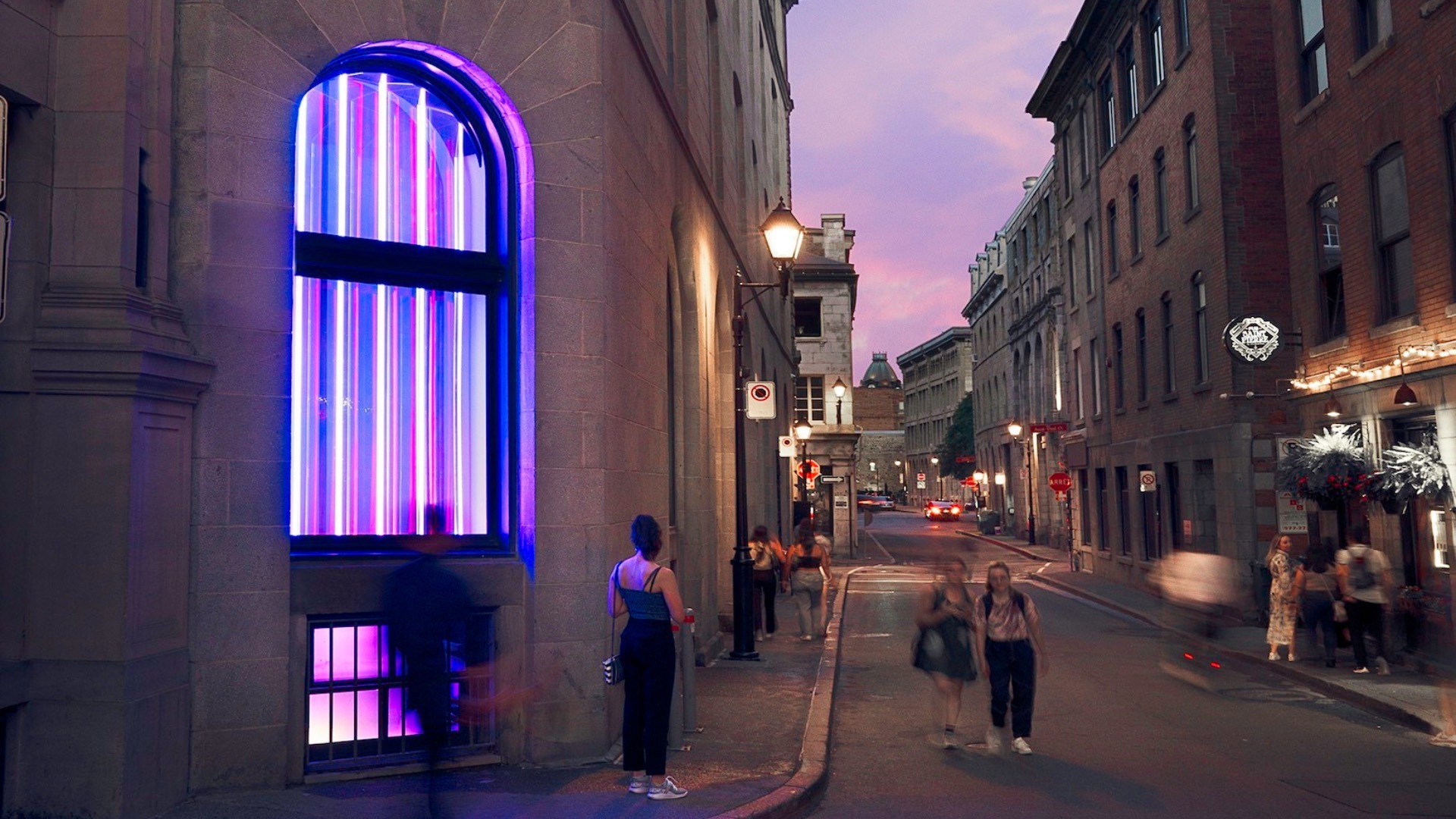
Free
Centre
The PHI Centre showcases a light installation with evolving content, adapting to the seasons and exhibitions
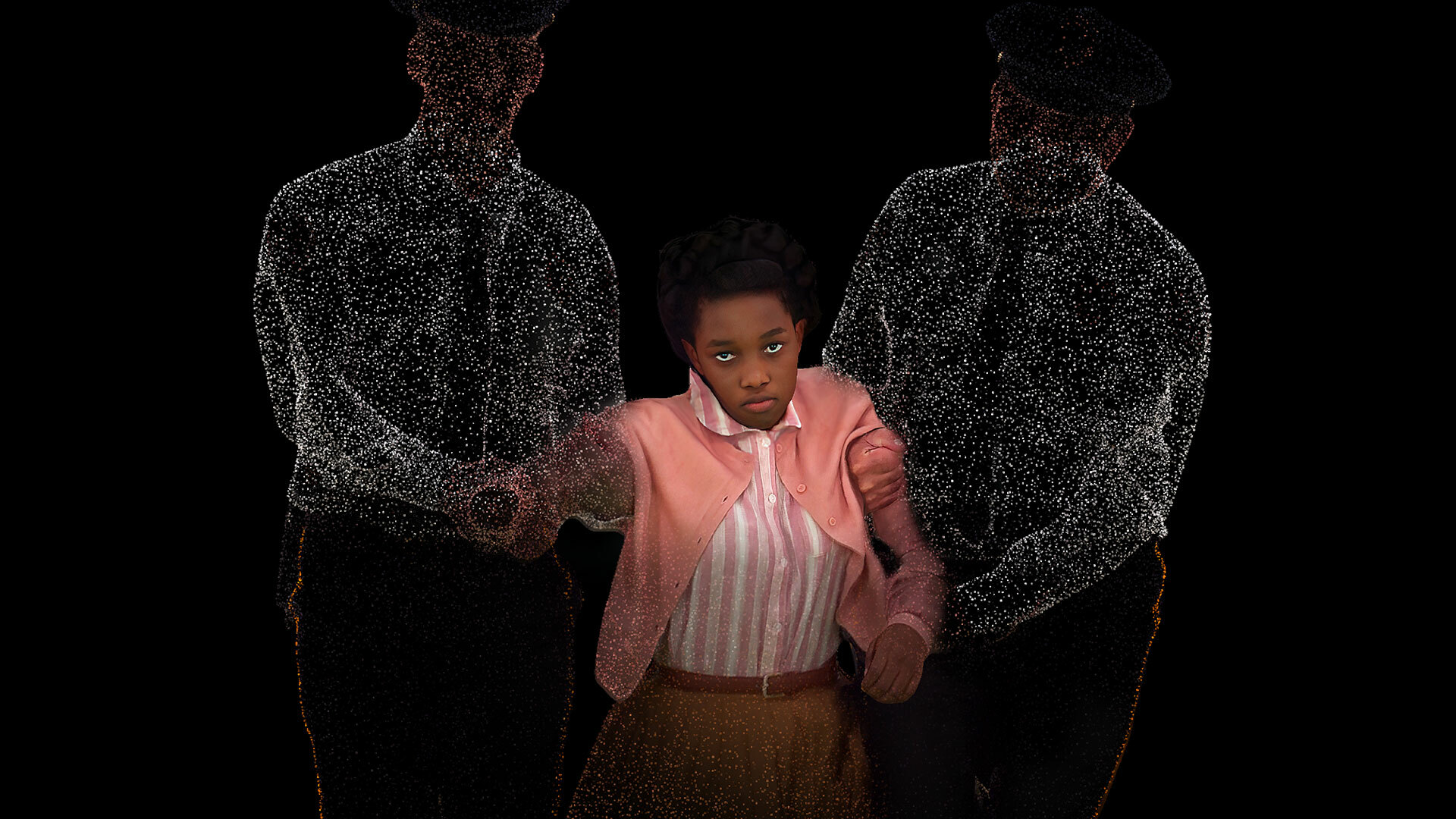
Limited Places
Centre
An immersive experience that traces the story of Claudette Colvin and her fight for civil rights in 1950s Alabama

Limited Places
Centre
An interactive virtual reality adventure that takes audiences back to the heyday of the UK’s illegal Acid House rave scene of the late 1980’s

Dolby Atmos Mix
Centre
Tune out outside noise and immerse yourself in one of Montreal's only spatial audio listening rooms. The artists: Dominique Fils-Aimé, Michael Gary Dean, SlowPitchSound and Tanya Tagaq
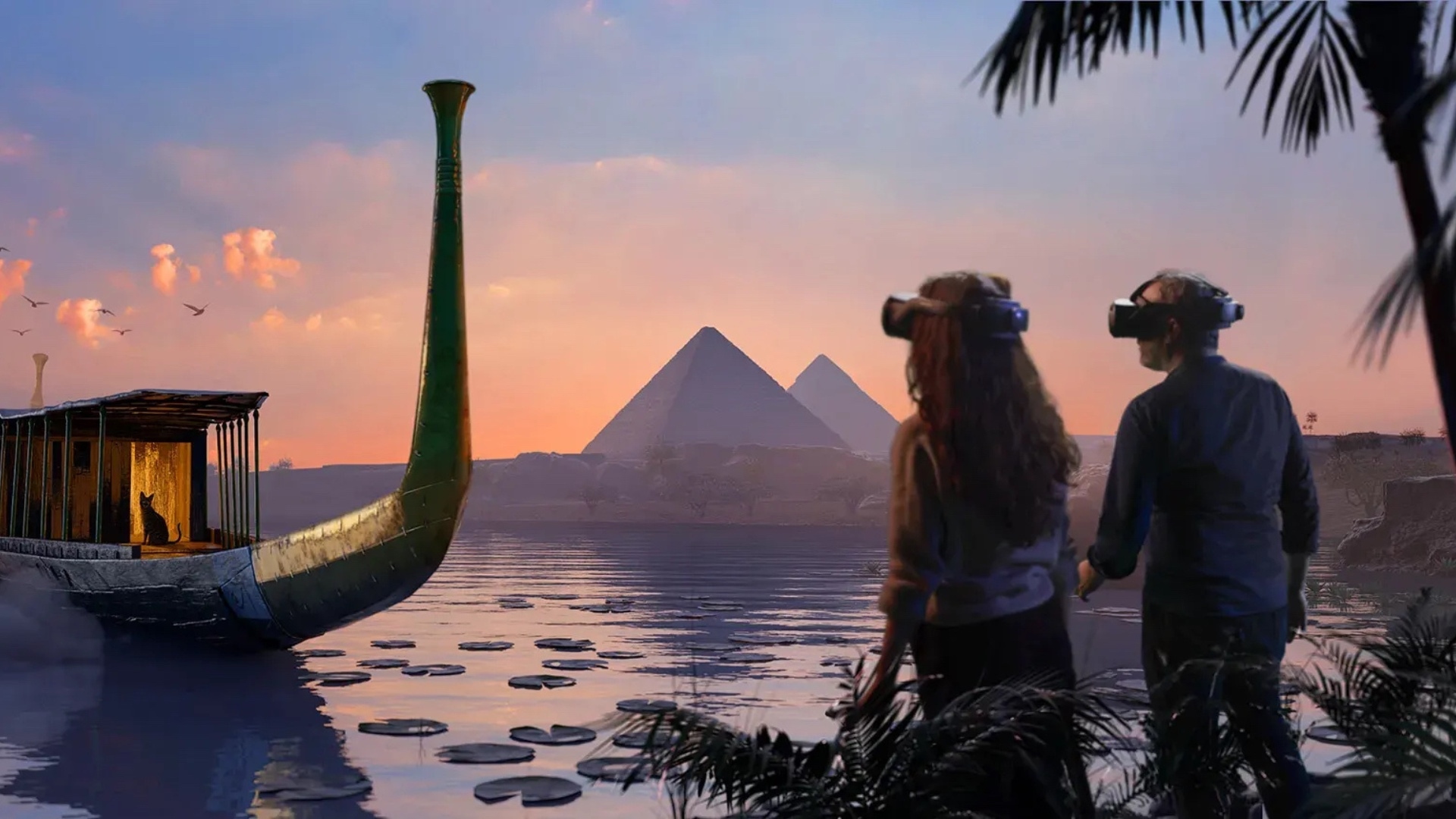
Off-Site Location
The immersive experience Horizon of Khufu, presented in the Old Port, is a unique VR expedition to discover the wonders of Egypt

Free
Centre
A monthly gathering of live performances where art comes to life
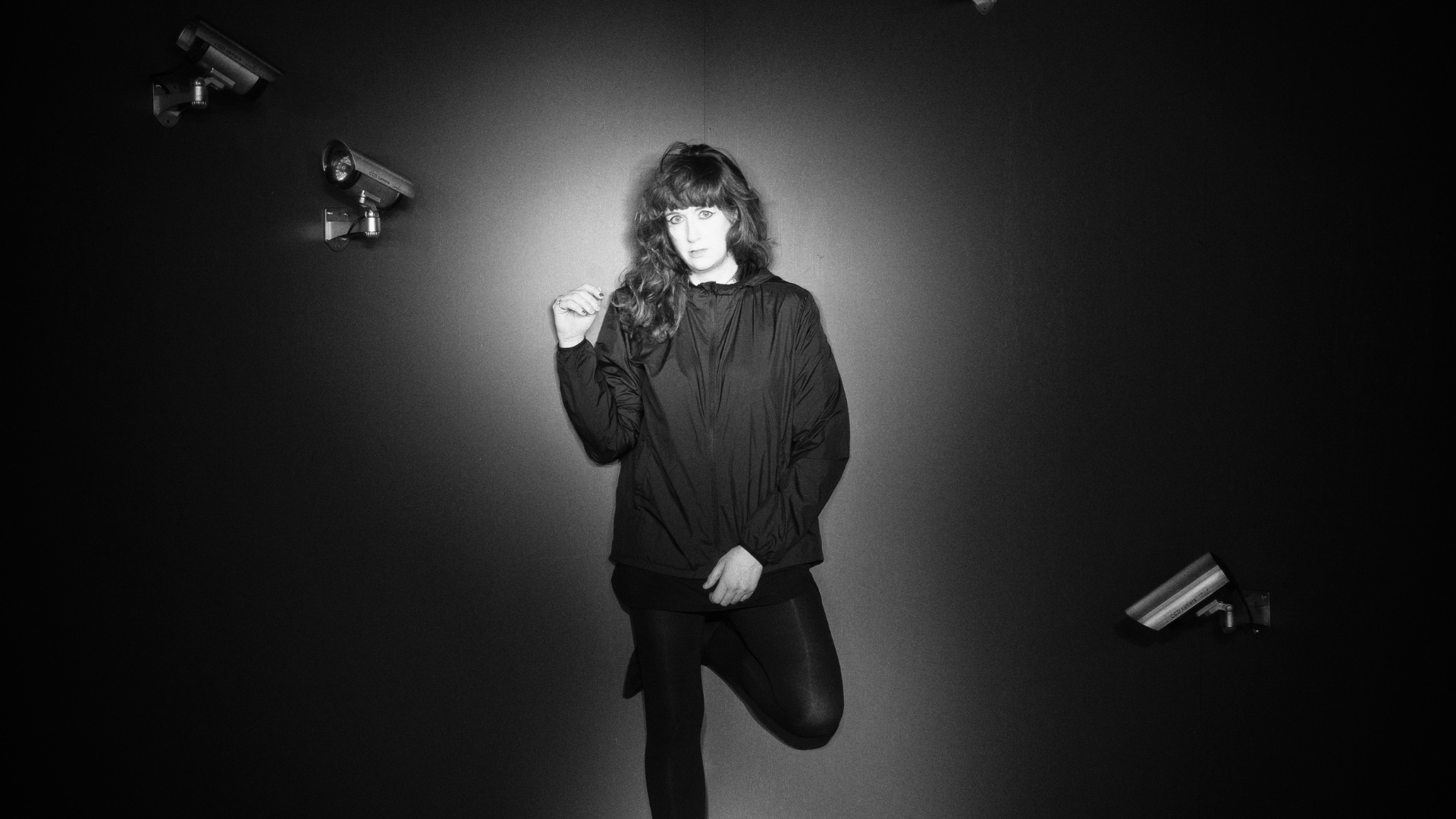
Album Launch Show
Centre
The multidisciplinary artist presents the minimal pop and electronic sounds of her first solo project, Les manières de table
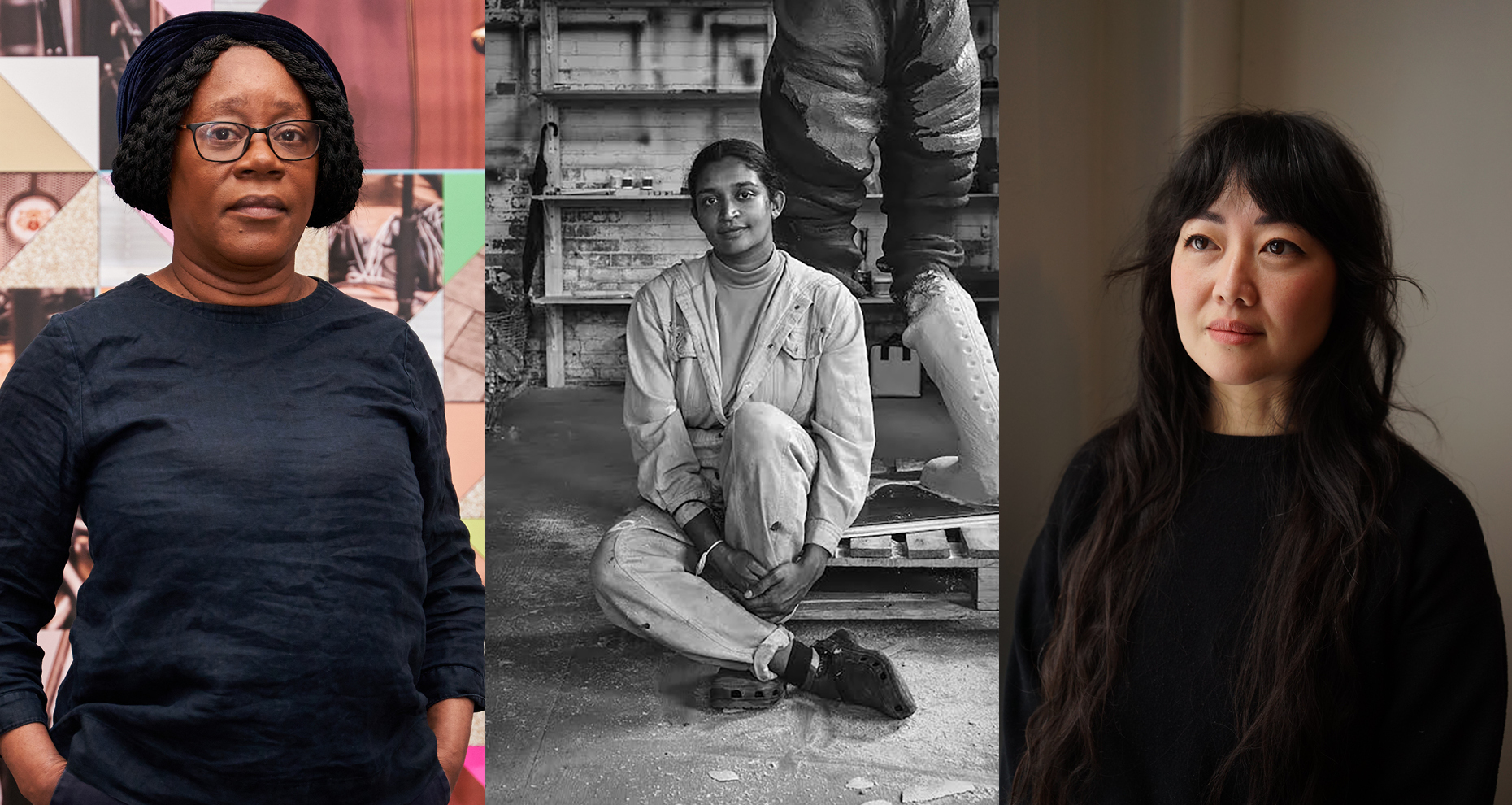
Free
Centre
The PHI Foundation for Contemporary Art presents a conversation with artists Sonia Boyce, Rajni Perera, and Marigold Santos, hosted by Cheryl Sim, Managing Director and Curator at the PHI Foundation